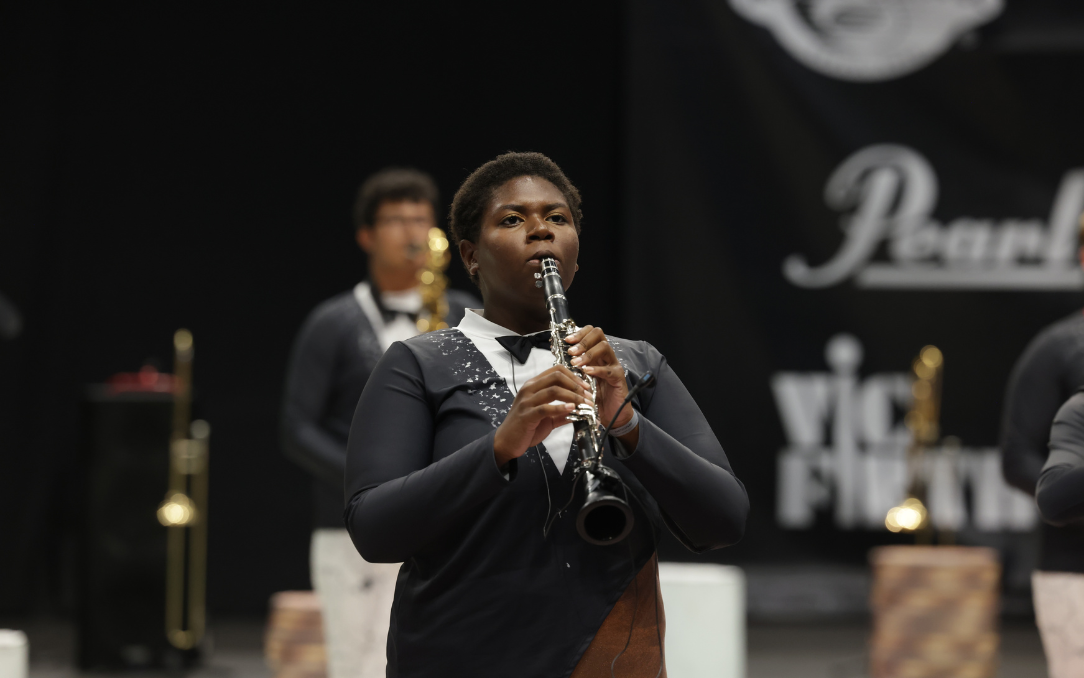By Tessa Montgomery:
Even though the clarinet was invented hundreds of years ago, it is considered a newer orchestral instrument. It brings a unique, reed-based sound to multiple genres of music.

History
The clarinet comes from an old instrument called a chalumeau. This instrument was similar to a recorder and was known for being played by shepherds. The modern clarinet began to take shape in the late 17th century in Germany.
Johann Christoph Denner and his son Jacob added two keys to the clarinet. One of these keys was the register key, which helps the instrument switch between different octaves. After this addition, other people, such as Iwan Mullers Keys and Theobald Boehm, began to craft the clarinet that we are familiar with today.

Sound
The clarinet is one of the highest-pitched reed instruments. The sound is similar to other reed instruments like the saxophone. The sound of a clarinet can also vary based on the material of the reed and the instrument itself. A clarinet is most commonly made of either wood or plastic.
An interesting aspect of the clarinet is that it is popular in classical and jazz music. While it is more commonly heard in orchestral music, it also adds a great sound to jazz. Instruments that are played with a reed tend to have a warmer sound that is sought after in both of these genres. One of the most famous clarinetists who helped establish the clarinet as a jazz instrument was Benny Goodman.
How it Works
The sound from a clarinet is partly made by the reed and the mouthpiece. As the player blows into the instrument, the reed vibrates against the mouthpiece to make a note. The fingerings on the clarinet determine which specific note it played. There are many small changes that can be made to impact the sound made with a reed and mouthpiece, such as reed thickness, mouthpiece material, and even the ligature used to hold the reed on the mouthpiece.
Since the clarinet has open holes on it, there is a certain level of precision needed to play it. Even the slightest movement of a finger on a hole could cause an air leak which makes a different note be played. The clarinet is one of the only single-reed instruments that has open holes where this can become an issue for the player.

Where You’ve Heard It
One of the greatest composers ever known was George Gershwin. Among his many amazing pieces was “Rhapsody in Blue.” If this title doesn’t sound familiar, you’ve probably heard this song in Disney’s “Fantasia 2000.” This song begins with an iconic glissando done by a clarinet. This glissando is one of the most well-known parts of Gershwin’s music.
When some people hear the clarinet, they immediately associate it with one infamous cartoon character: “Spongebob Squarepants.” When it comes to pop culture, Squidward is probably the most well-known clarinetist, even though no one ever wants to hear him play.
Whether you are a fan of classical or jazz music, the clarinet finds a home in both.
About the Author:
Tessa Montgomery is the marketing and media manager at a community theatre in Central Indiana. She graduated from Anderson University in 2018 with a BA in public relations and a minor in nonprofit leadership. She is passionate about music and has enjoyed WGI since she was in high school.






























